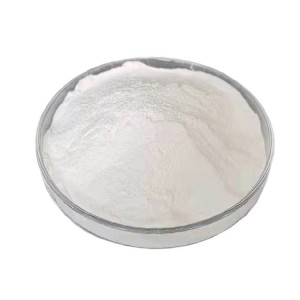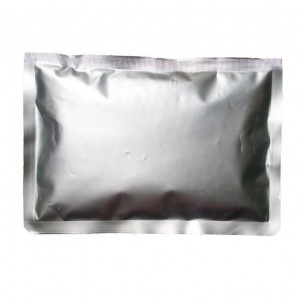L-carnosine CAS 305-84-0 for cellular antioxidants, maintain pH balance and prolong cell lifespan
Product Detail
| Name | L-Carnosine |
| CAS number | 305-84-0 |
| Molecular formula | C9H14N4O3 |
| Molecular weight | 226.23 |
| EINECS Number | 206-169-9 |
| Density | 1.2673 (rough estimate) |
| Form | Crystalline |
| Storage conditions | -20°C |
Synonyms
N-B-ALANYL-L-HISTIDINE;H-BETA-ALA-HIS-OH;L-IGNOTINE;L-BETA-ALANINE HISTIDINE;L-CARNOSINE;B-ALANYL-L-HISTIDINE;BETA-A-H;BETA-ALANYL-L-HISTIDINE
Description
L-Carnosine (L-Carnosine) is a dipeptide (dipeptide, two amino acids) often present in the brain, heart, skin, muscle, kidney and stomach and other organs and tissues. L-carnosine activates cells in the human body and fights aging through two mechanisms: inhibits glycation and protects our cells from free radical damage. The consequence of glycation is uncontrolled cross-linking of sugar molecules and proteins (sugar molecules stick to each other). on proteins), loss of cellular function and incomplete gene combinations that accelerate aging. L-Carnosine also stabilizes cell membranes and reduces brain lipid peroxidation, thereby preventing nerve and brain degeneration.
Indications
L-carnosine has potential antioxidant and anti-glycosylation activities; prevents acetaldehyde-induced non-enzymatic glycosylation and protein conjugation. It is also a substrate for the detection of carnosinase, which maintains the pH balance of the body and prolongs the lifespan of cells.







